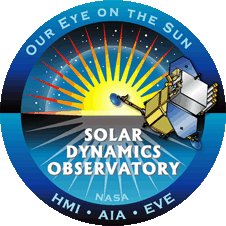Destination: Vesta!
Nasa’s Dawn spacecraft will arrive at the 530km wide asteroid Vesta on 16 July, where it will spend the next 12 months in orbit. Then it’s on to the dwarf planet, Ceres [950km wide]. Images Credit: NASA/JPL-Caltech/UCLA/MPS/DLR/IDA. The Hubble Space Telescope has already taken a look at Vesta but, on 1 June, Dawn captured its own views – at a distance of about 480,000km – to assist in the final navigation stage. And Nasa have released those looped images as a video. From the JPL Nasa press …

















